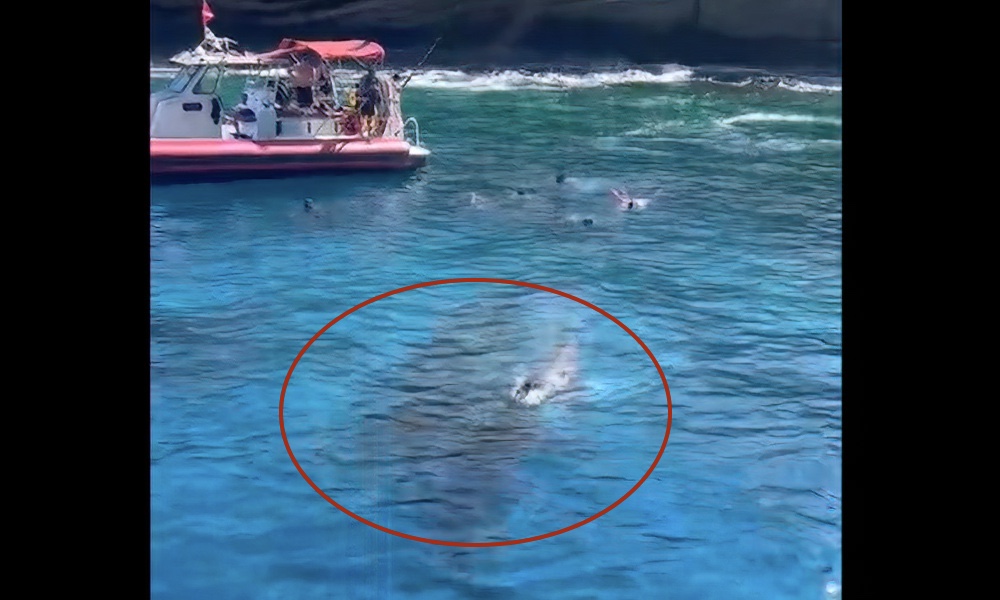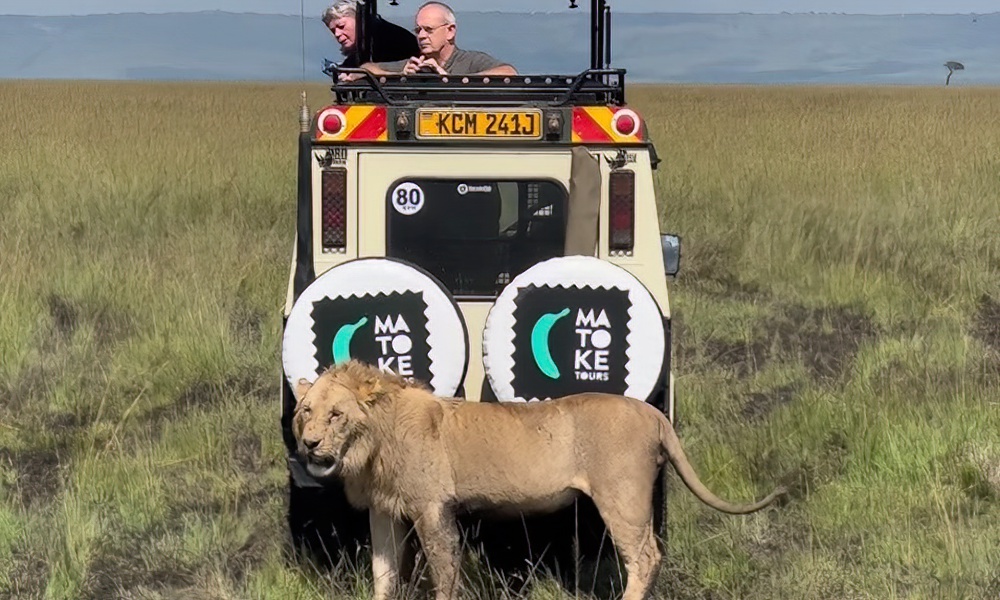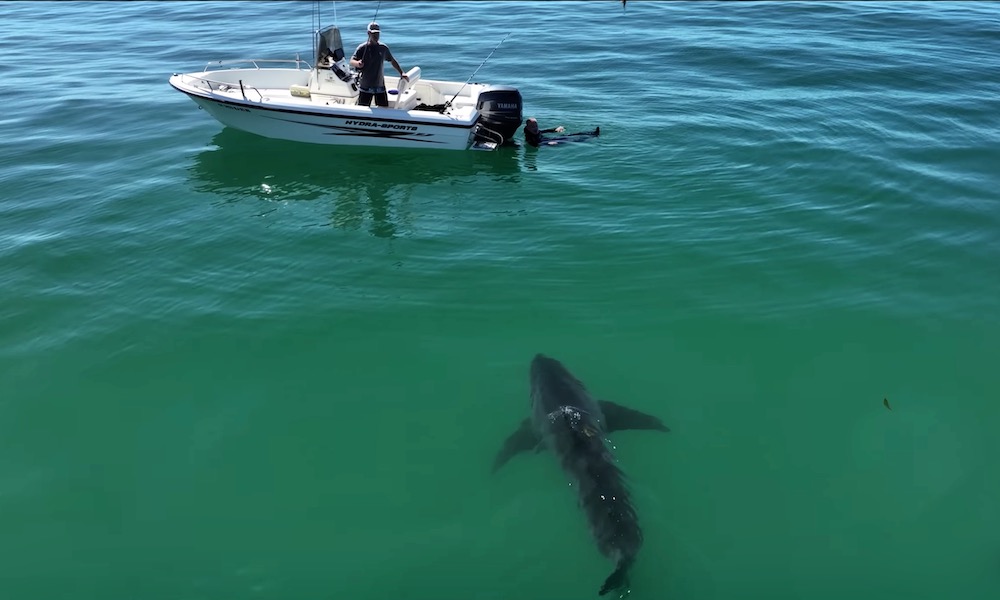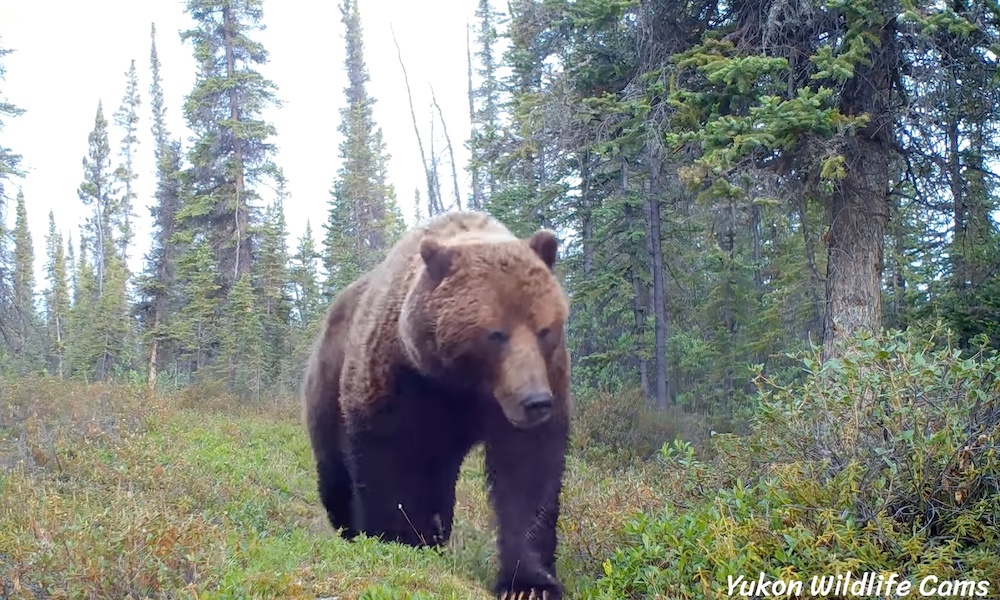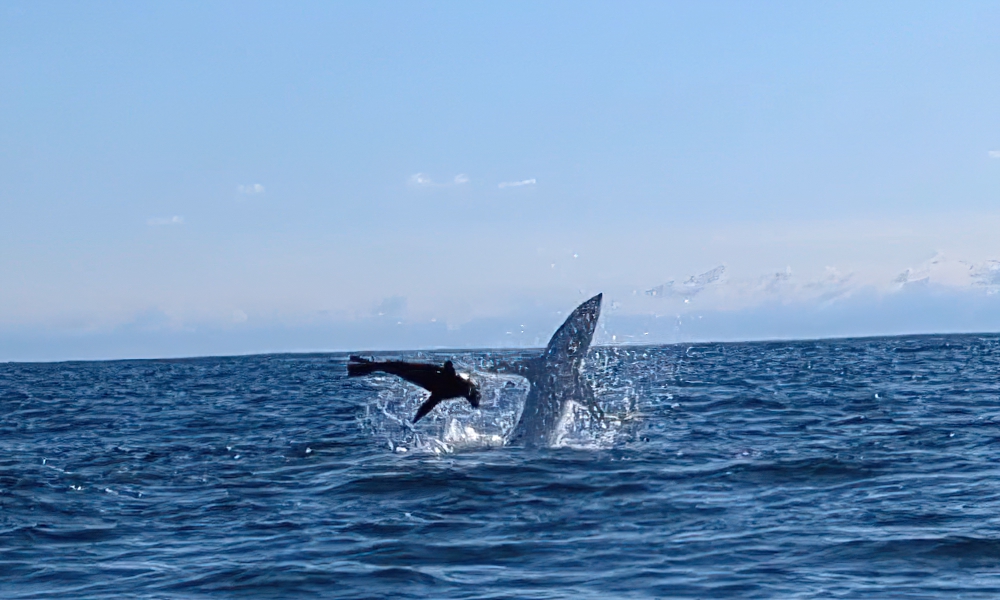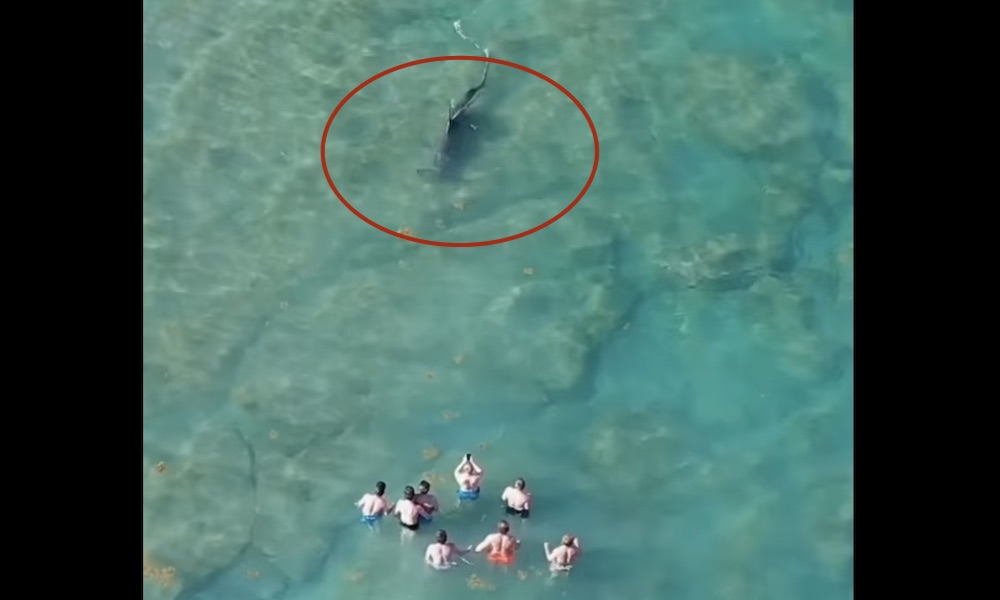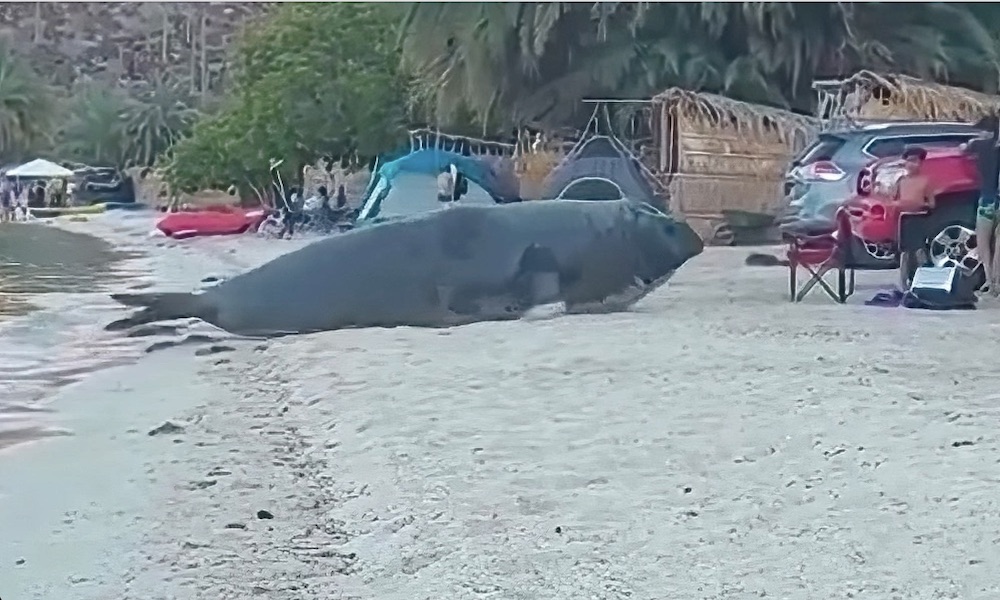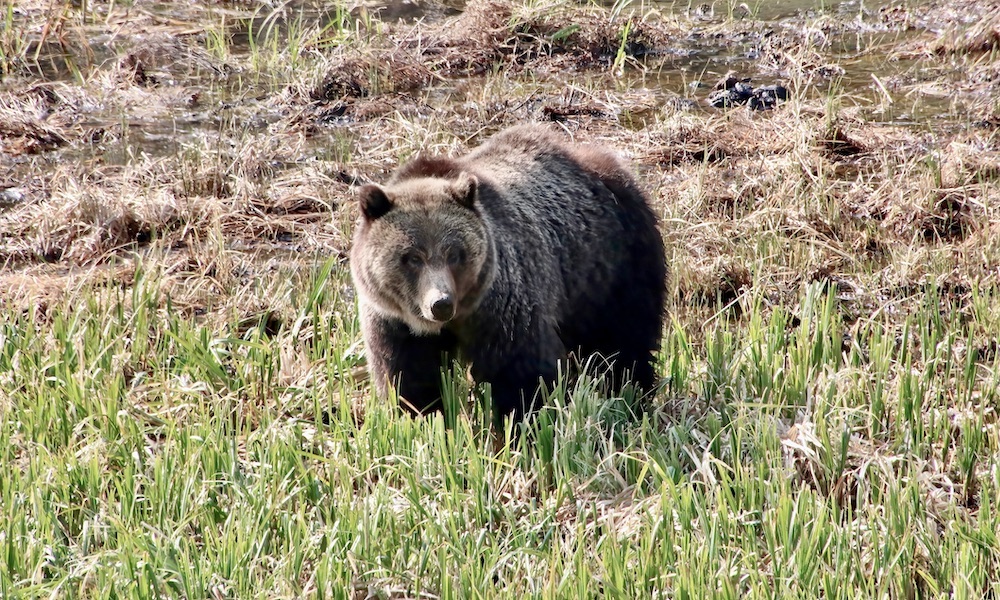In Hawaii, it’s against the law to approach whales in an attempt to swim with the mammals. But every now and then, whales do the approaching when boats are idle and people are already in the water.
The accompanying footage shows a momma humpback whale and her calf swimming briefly with snorkelers at Molokini, a popular dive spot near Maui.
The footage also features the wonderful reactions of those aboard the Pride of Maui vessel, as both whales seem to inspect the snorkelers before swimming to deeper water.
Make sure you watch until the end! We had surprise guests snorkeling with us today at Molokini!! Mahalo to our crew for capturing this rare moment! 🐋🐋 #molokini #molokinicrater #maui #mauihi #whalewatching pic.twitter.com/6kXaVRMT6x
— Pride of Maui (@prideofmaui) March 2, 2024
“We had surprise guests snorkeling with us today at Molokini!” the Pride of Maui exclaimed Sunday. “Mahalo to our crew for capturing this rare moment!”
The footage shows the baby whale surfacing to breathe, but its exhalations are too weak to form a spout of mist.
The Pride of Maui encouraged viewers to watch to the end because that’s when momma whale provides the telltale “blow” as she takes a deep breath before diving.
Thousands of humpback whales are in Hawaiian waters for the breeding and calving season, which runs through May.
